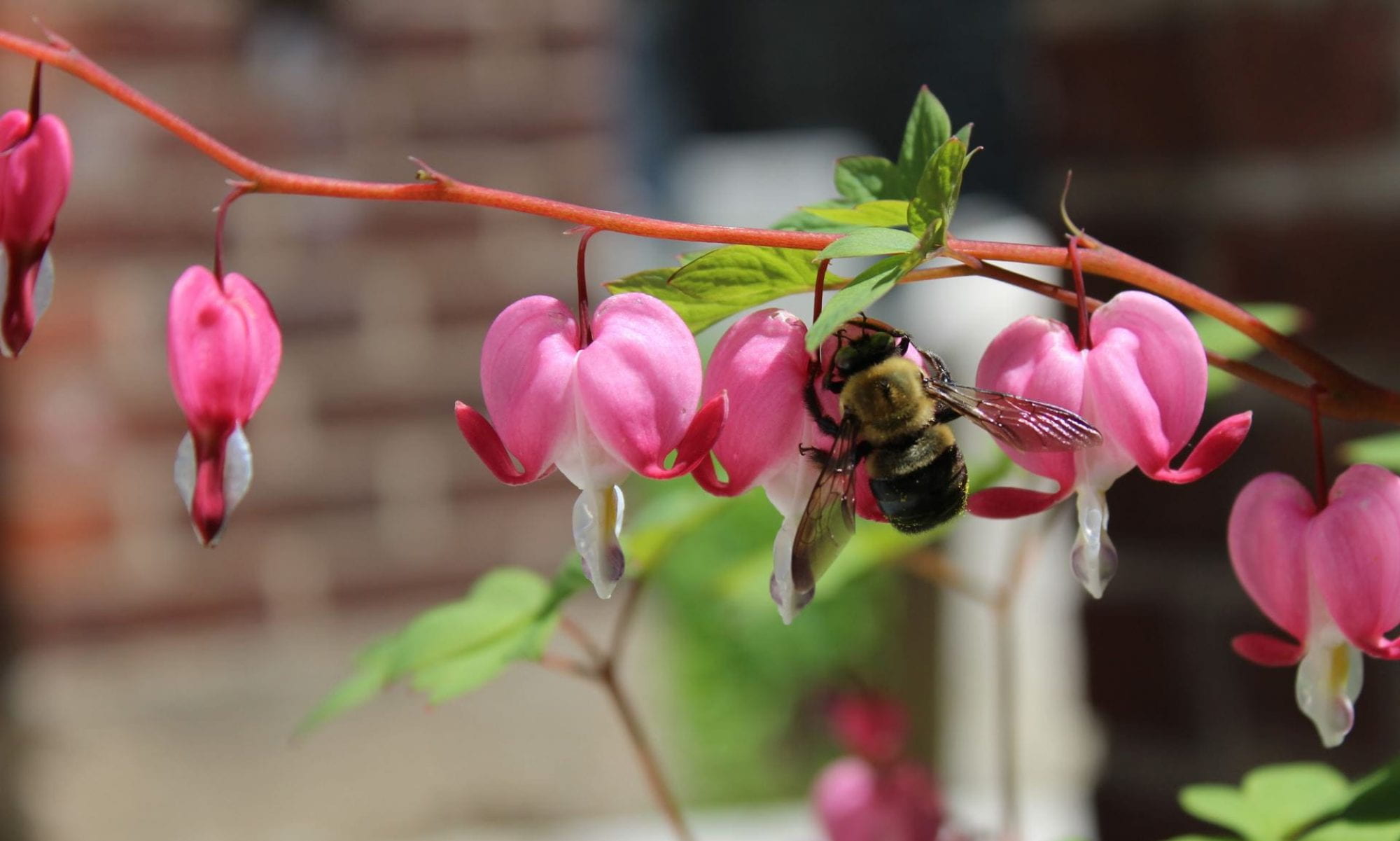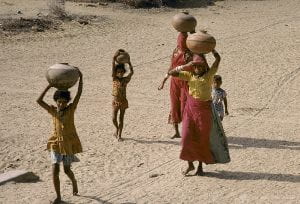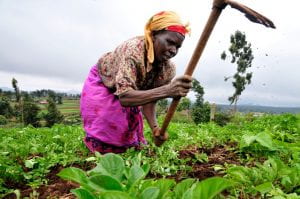Upon looking at this particular image for the section, my attention immediately goes toward the human figure and the knife sticking out of the piece of meat. It is easily identifiable that the human figure in this picture seems to be male, signifying the masculinity behind the domination of the meat industry and the overall idea that meat in general is a masculine food. The knife sticking in the piece of meat, to me, means that man is exercising its power over the animal and symbolizes the initial killing of the animal in order to produce this meat. The knife represents the disregard of life of the animal being killed for consumption and instead heavily focuses on “meat” being consumed by man.
Unsurprisingly, when thinking of gendered eating, my mind automatically went to the idea of meat for men and some sort of salad, fruit, or “lower-calorie” alternative for women as we read in the HuffPost article, “Meat Heads.” This instinctive thought further proves the perpetuation of masculinity even in the foods we eat. With men being associated with meat, it yet again displays the patriarchal oppression of nature and its creatures, or speciesism as Greta Gaard states. Associating women with salads and other natural plant-based foods links to the overarching theme of ecofeminism in that the patriarchy oppresses both women and nature. However, I felt as though I wanted to go a bit deeper to examine gendered eating practices since the idea of gendered foods is something that was fairly easy to identify. In an article by Barbara J. Rolls, she details the impacts of eating habits on adolescent and adult men and women, as well as masculine and feminine eating styles. According to the studies she conducted, Rolls found that a gender difference in eating is that men often eat more calories than women due to the sizes of their bites/sips (Rolls 1). Women in the studies that Rolls conducted were shown to eat smaller bites and take longer to finish foods, and that they tend to eat smaller portions of food (Rolls 1). In a study that Rolls references, women were also found to display different eating patterns depending on who they are with, showing that they eat less when with desirable males or in large groups than with females or less desirable men (Rolls 1). These findings perpetuate “sex-role appropriate” eating behaviors, where eating smaller bites, smaller portions, and slower is seen as feminine, and aasociated with someone being concerned about appearance and possess stereotypically feminine traits (Rolls 1). As Curtin also discusses, women are more pressured to conform to oppressive body shapes (Curtin 1), which contributes to this style of gendered eating practices. For men, their eating practices, as stated, reflect higher-calorie eating by taking bigger bites and Examining the eating styles through Rolls’s information provides even further that there is a divide in the way that food is viewed in terms of gender, whether it be the food itself or the actual consumption of the food.
I found the perspectives of both Gaard and Curtin very interesting, especially as a feminist who is not a vegetarian. Based on both readings, it feels to me that ecofeminists perceive non-human animals as their own beings that are deserving of respect with the abilities to live free of oppression. In Greta Gaard’s article, she details the relations of humans and non-human animals that serve the role of pets. Gaard feels as though speciesism is a prevalent form of oppression that reinforces other forms of oppression, such as sexism (Gaard 20). She compared the situation of the parakeet, Bella, she saw at the video store to that of other house pets, zoo animals, and dairy cows, to display her belief of society’s animal exploitation (Gaard 20). In Curtin’s essay, she describes the practice of moral vegetarianism, which brings ethics into the ecofeminist perspective of vegetarianism. One of Curtin’s points of moral vegetarianism is that human consumption of meat is an act of violence that is not necessary, and that there is a choice behind using senseless violence to consume non-human meat (Curtin 1). Both women bring up compassion in their respective articles, but in different ways. The articles show this perception of compassion on ecofeminist thoughts on vegetarianism in order to, as Gaard states, “…suffer with another, to imagine to the fullest extent possible the experience of another’s pain, and to commit oneself to taking action to alleviate the suffering (Gaard 22).” The relationships that ecofeminists seem to want to have with animals is one of mutual respect and compassion. Curtin brings up the morals behind senselessly killing animals for consumption, or for justified reasons such as starvation or dangerous encounters with a bear (Curtin 1). Both articles approach the idea of respectfully coexisting with non-human animals by displaying compassion and embracing vegetarianism as a practice to end another form of oppression, speciesism, that links to the overall oppression of women as well.
Sources:
Curtin, Deane. “Contextual Moral Vegetarianism.” ‘Toward an Ecological Ethic of Care.’ Hypathia, No. 6, Spring 1991, pp. 68-71. http://www.animal-rights-library.com/texts-m/curtin01.htm
Eisenberg, Zoe. “Meat Heads: New Study Focuses on How Meat Consumption Alters Men’s Self-Perceived Levels of Masculinity.” HuffPost, HuffPost, 13 Jan. 2017, www.huffpost.com/entry/meat-heads-new-study-focuses_b_8964048.
Gaard, Greta. “Ecofeminism on the Wing: Perspectices on Human-Animal Relations.” Women & Environments. https://www.academia.edu/2489929/Ecofeminism_on_the_Wing_Perspectives_on_Human-Animal_Relations
Rolls, Barbara J., et al. “Gender Differences in Eating Behavior and Body Weight Regulation.” Health Psychology, vol. 10, no. 2, 1991, pp. 133–142. EBSCOhost, doi:10.1037/0278-6133.10.2.133.
Barbara J. Rolls examines studies surrounding gendered eating behaviors to discuss the overall differences between men and women in terms of societal norms of food. Rolls identifies such differences between different age groups of men and women, the eating habits of men and women, as well as the impact of social environment and societal standards of appearance on gendered dieting and eating disorders. This source is very informative in displaying information regarding gendered eating practices as it lends to the idea that there are gendered differences in the foods that are being eaten and how they are being eaten. It is also illuminating on not only the women’s eating habits and their struggles, but also details men’s eating habits.





